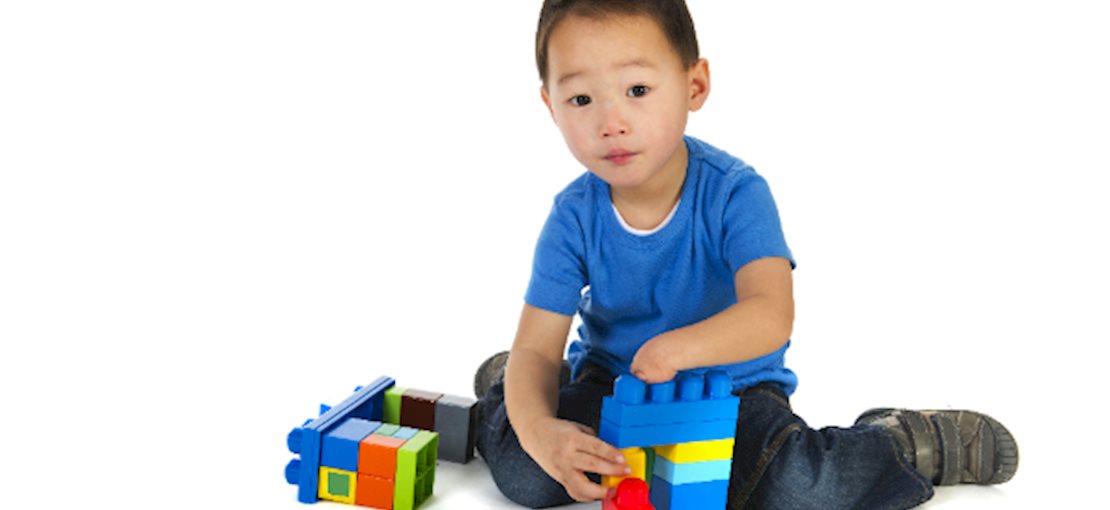Mesothelioma is a rare, but deadly type of cancer
Asbestos is a dangerous mineral that is linked to the aggressive and deadly type of cancer called mesothelioma. Most people who get mesothelioma are older men who worked for years in industries that exposed them to asbestos. Children can be affected too, although it is rare, and there are several ways in which a child could be exposed to this dangerous substance.
Asbestos in Buildings
Before the 1970s asbestos was used in multiple construction applications, including insulation, floor tiles and glue, ceiling tiles, siding, and more. It was in the 1970s that the federal government put restrictions on its use in place, but homes and other buildings built before then may still contain asbestos. Older homes are a common source and a child is at the biggest risk of exposure if the material with asbestos in it becomes damaged, such as through a home renovation.
In the past, school buildings may have been a source of exposure as well, but today kids are protected by the Asbestos Hazard Emergency Response Act. It requires that all schools, both public and private, conduct inspections, create management plans, and safely remove any asbestos.
Secondhand Exposure
Many older Americans who are today being diagnosed with mesothelioma, spent years or decades working in an environment that exposed them to asbestos. This unfair exposure and resulting illness has an even more sinister consequence: secondhand exposure. Adults working around asbestos may bring the fibers home on their clothing and contaminate the air that their children breathe. This is less of a risk today, but any adult working with asbestos must be aware of the possibility.
Asbestos from the Environment
Because it is a natural mineral, asbestos is found in various places in the earth. For most locations, the amounts of the mineral are insignificant and pose no risk. In some places, though, children can be at risk for environmental exposure of airborne asbestos fibers. For example, in southern Nevada there are higher rates of mesothelioma in women and children than in most places. This led to studies that found higher concentrations of asbestos fibers in the region, probably from natural deposits that had been disturbed by construction, mining, and erosion.
Another source of environmental contamination is manmade. When the Twin Towers were destroyed on September 11th, asbestos from the disintegrating building materials was released into the air. First responders faced the biggest exposure risks, but incidents like this can contaminate the local environment for a long time, putting both children and adults at risk.
Talc and Crayons
Talc is another natural mineral that, like asbestos, is mined from the earth. It is often found in mines that also contain asbestos and can easily become contaminated with the harmful mineral. Although talc that is used in cosmetic products is supposed to be tested and declared free of asbestos, the testing is imperfect and any product with talc has the potential to be contaminated. Crayons, for instance, have been made with talc in the past. After an investigation into talc and asbestos, U.S. manufacturers agreed to eliminate the product from crayons. Foreign-made crayons may still have talc and may present a small risk of asbestos exposure.
Mesothelioma is a rare, but deadly type of cancer that is mostly preventable because it is largely caused by asbestos. Click here to learn more on Mesothelioma Symptoms. For this reason it is devastating to see a child diagnosed. Understanding where exposure can occur, parents can take steps to protect their children from airborne asbestos fibers.
Courtesy of Virgil Anderson






Add A Comment
Thank you for your comment.
Sorry! There was a problem with your comment submission. Please try again.
Comment
Allowed HTML: <b>, <i>, <u>, <a>
Comments
Thank you for your comment.
Sorry! There was a problem with your comment submission. Please try again.
Thank you for your comment.
Sorry! There was a problem with your comment submission. Please try again.